T4K3.news
Nearby exoplanet signs found
James Webb signals a possible giant gas planet in Alpha Centauri four and a half light years away; follow up needed.
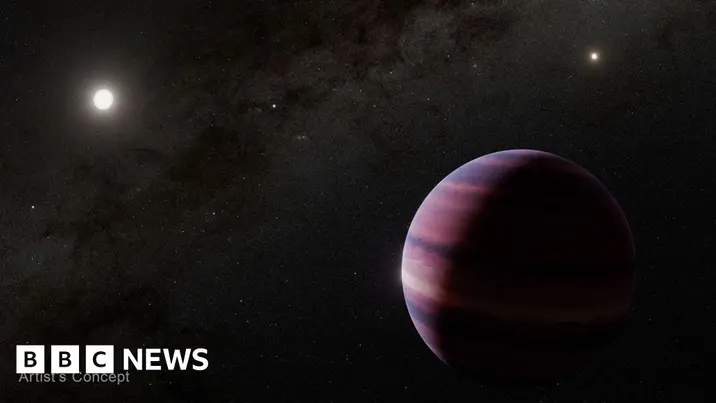
James Webb observations point to a giant exoplanet in Alpha Centauri, four and a half light years away, with moons that could host life.
Giant gas planet spotted near Earth in Alpha Centauri
Scientists using the James Webb Space Telescope have found strong evidence for a giant gas planet orbiting a Sun like star in the Alpha Centauri system, about four and a half light years from Earth. The sign appeared last year but disappeared during follow up observations, and researchers now plan to reobserve to confirm the planet’s existence. If confirmed, the planet would resemble Jupiter or Saturn with a thick atmosphere and cloud layers, and would likely not support life itself. It could however have moons that might be habitable.
The star in question is similar to the Sun in temperature and brightness, a detail scientists say matters for assessing whether any moons could harbor life. Moons around gas giants in our own solar system, like Europa, are a major focus of astrobiology research. Missions such as Europa Clipper and Juice illustrate ongoing interest in these worlds, even as the new planet would inhabit a different stellar environment. Four years is a long way but in galaxy terms, it’s very close – it’s in our neighbourhood, said Dr Carly Howett. It is around a star that is Sun like and about the same temperature and brightness. That’s really important if we want to think about habitable worlds.
Key Takeaways
"Four years is a long way but in galaxy terms, it's very close, it's in our neighbourhood."
Howett on the proximity of the potential exoplanet
"It is around a star that is Sun like and about the same temperature and brightness. That's really important if we want to think about habitable worlds."
Howett on the significance of a Sun like host
This discovery widens the map of nearby planetary systems. A Sun like star with a gas giant could alter expectations for where life might exist in the galaxy and influence how future exoplanet surveys are designed. It also highlights the role of JWST in pushing the boundaries of what we can learn about planets beyond our solar system.
Yet there is caution. Confirmation will require careful follow up, and even then the existence of habitable moons around a distant giant remains a hypothesis. The public excitement should be matched with discipline, as scientists distinguish between potential and proof and avoid overhyping what distant worlds can tell us about life today. The case reminds us that exploration is a patient enterprise and that each discovery raises new questions for policy, funding, and public imagination.
Highlights
- A neighbor in the galaxy that keeps humbling our sense of scale
- Moons could redefine what we call habitable beyond Earth
- The universe invites new maps of the nearby sky
- Discovery fuels curiosity more than conclusions
The next steps will test our assumptions about what counts as a nearby world.
Enjoyed this? Let your friends know!
Related News
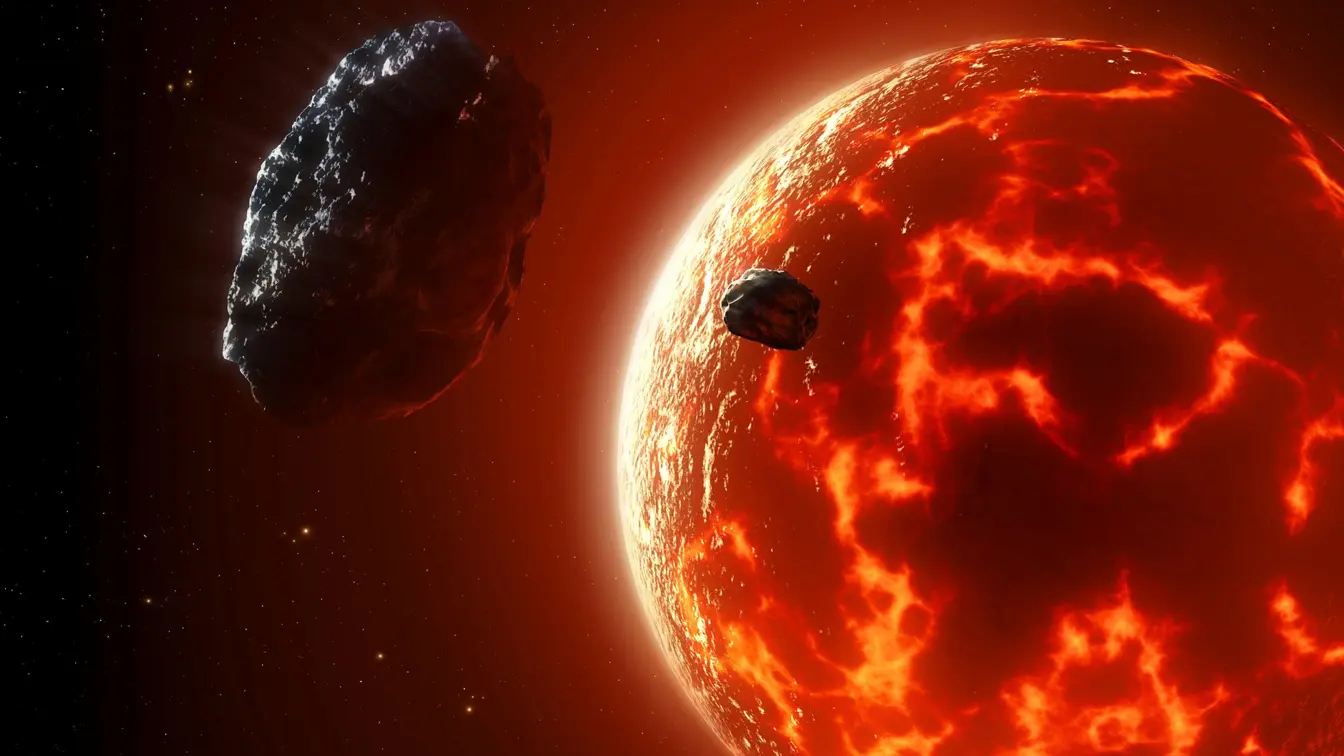
Astronomers discover deadly new exoplanet
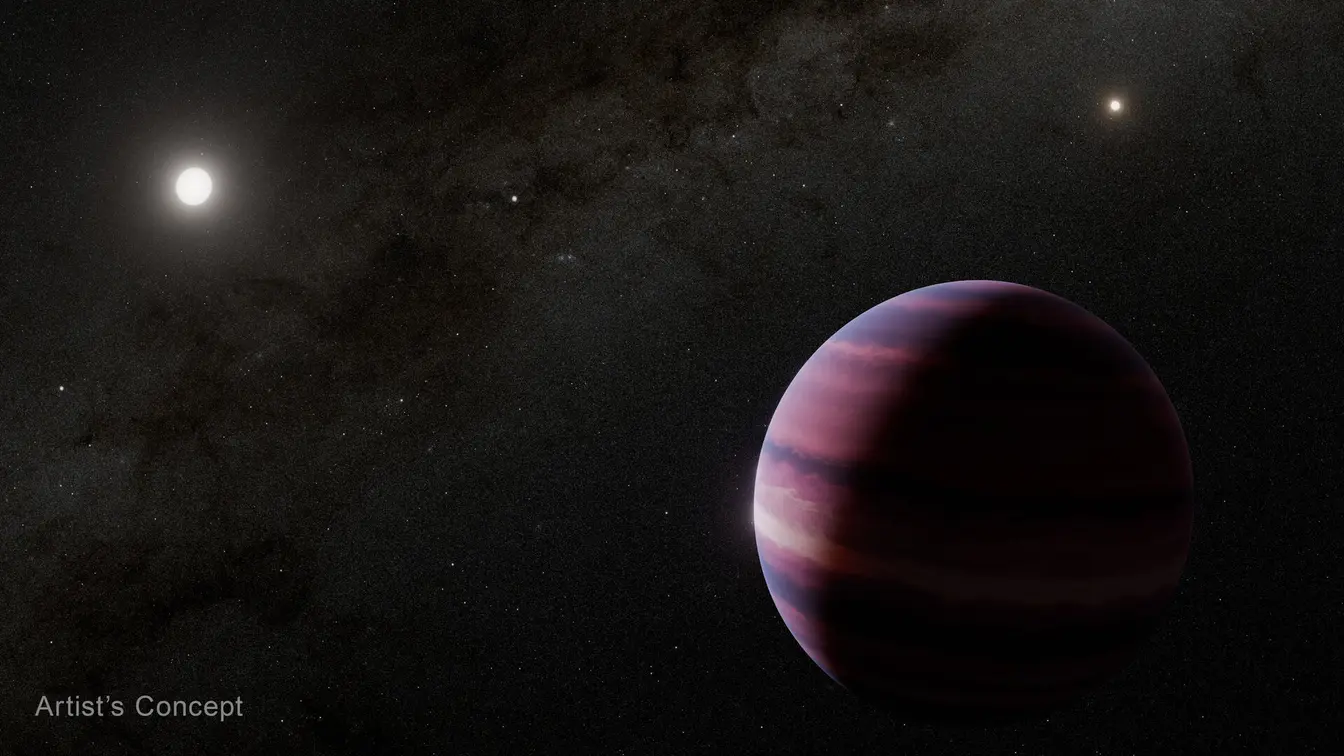
Astronomers detect potential gas giant near Alpha Centauri

Officer killed near CDC identified

Conflict erupts between new owners and locals at Eryri lake

Project Hyperion Launches Competition for Stellar Travel Designs
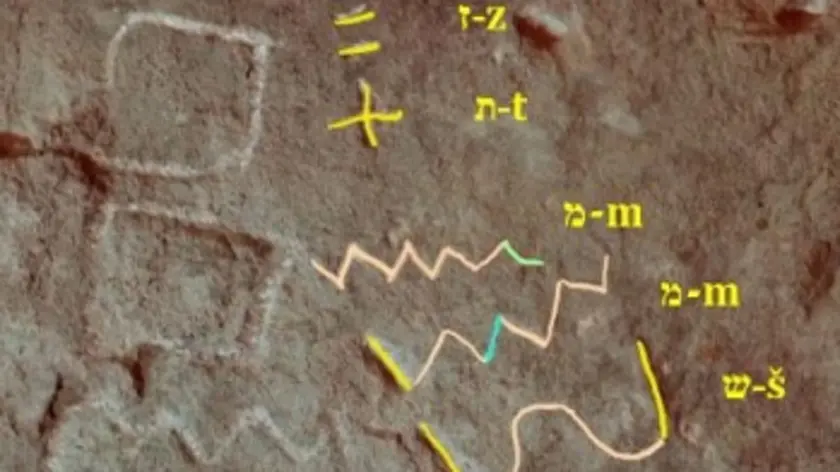
Ancient Egyptian mine inscriptions may reference Moses

Officer killed on Emory campus
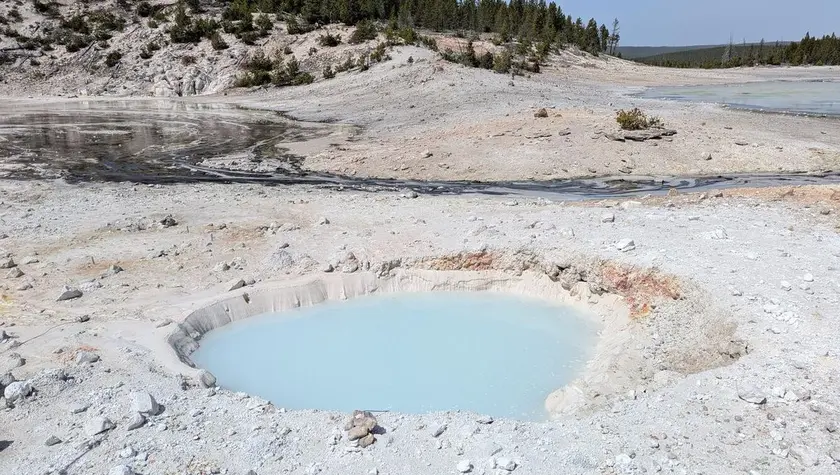
New Hydrothermal Feature Found in Yellowstone National Park
